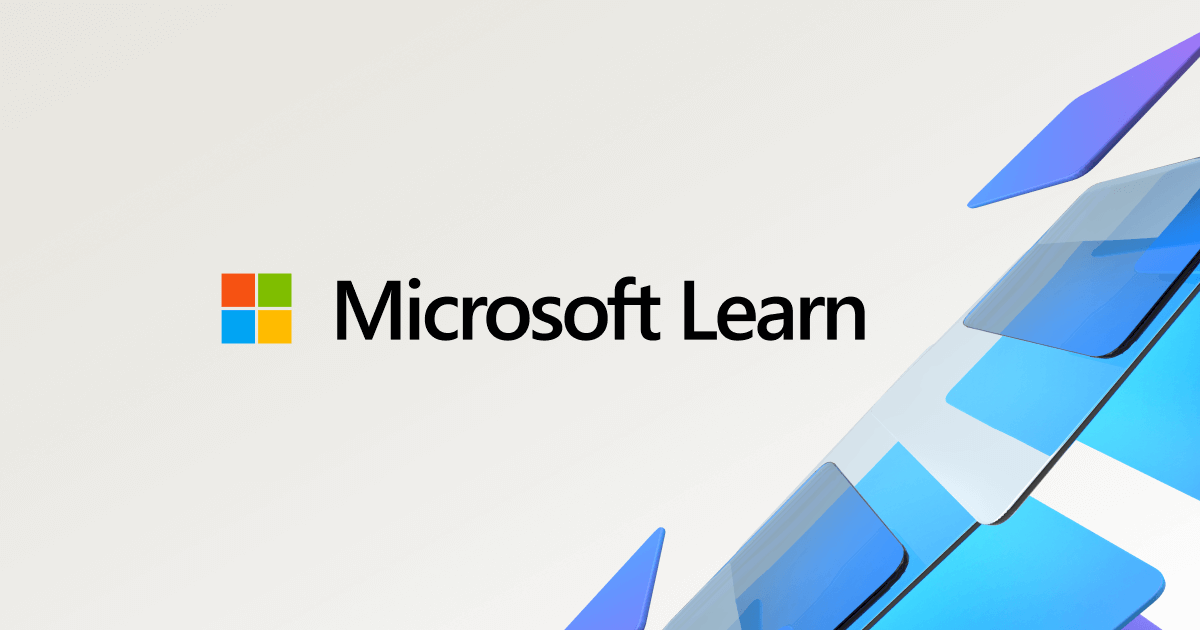I am makeing a Multicast server client setup and was wondering what the
difference is between Socket.Connect, and Socket.Bind.
It may be a stupid question, but I was just curious. Because I tried a
test, and I can't bind two sockets to the same port/ip but I can
connect with one socket, and bind with another to the same ip/port.
Thanks
difference is between Socket.Connect, and Socket.Bind.
It may be a stupid question, but I was just curious. Because I tried a
test, and I can't bind two sockets to the same port/ip but I can
connect with one socket, and bind with another to the same ip/port.
Thanks



Comment